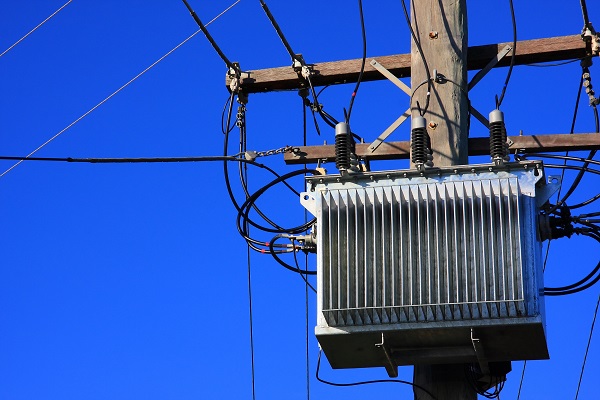According to Schneider Electric, one of the world’s leading RTU manufacturers, Smart RTUs “combine the monitoring and communication capabilities of a remote terminal unit (RTU) with the processing and data-logging power of a programmable logic controller (PLC).” Two recent Newton-Evans studies take a look at Smart RTUs both inside the substation and outside in the field.
Newton-Evans’ 2018 study of the Substation Automation market found that for North American electric utilities, Smart RTUs are the primary device that handles all information processing “inside the substation fence.” Seventy-two percent of respondents indicated that primary substation information processing is either currently handled by a smart RTU or will be by year end 2020. Forty-six percent indicated that a data concentrator handles this task for at least some substations, while 43% said a communications processor is responsible for this activity.
Usually, pole-top units collect only basic information and perform limited processing of data for one segment of a network, while substation RTUs have much greater processing capabilities. Substation RTUs may acquire data from many pole-top units, multiple devices inside the substation, and devices in the field. Increasingly, smart/intelligent distribution line sensors send fault data, voltage and current measurements, power quality, temperature, etc. to RTUs either in the field or in the substation for use with SCADA and OMS.
Pole-top RTUs are an important component of the field equipment market segment, which totaled $800-$850 million in North America alone in 2017 according to Newton-Evans estimates. RTUs continue to be a highly adaptable technology for gathering and communicating data on distribution networks.
(See also “RTUs Fight for a Role in T&D Operations,” an article by Chuck Newton in T&D World from 2013, much of which is still relevant today.)


 summary reviews and highlights from completed studies
summary reviews and highlights from completed studies
